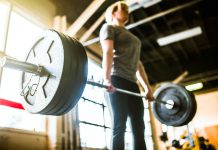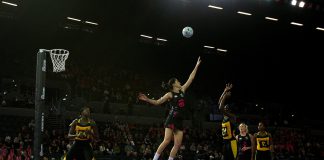Have you ever watched a top swimmer walk into a swimming pool with a bright coloured mesh bag in hand and wondered why they use all that extra equipment?
Are all those training accessories necessary if you’re a regular swimmer just wanting to improve fitness or prepare for an event? Are they important?
Training accessories can provide a number of key benefits for every ability level. When used correctly they can help improve body position, isolate muscle groups and alter the intensity of a swimming session. These benefits are only possible if the gear is used purposefully and correctly.
If you’ve always wanted to try swimming gear but not known how, we’re here to de-mystify swimming accessories to help you be the best swimmer you can be!
Kick board: Tips and benefits
Kick boards are used by swimmers to practice proper technique or improve kick endurance and speed. If you’re just starting out on your swimming journey, start out by holding the board straight out in front of you, eyes in the water. This will help you to get comfortable and provide an opportunity to relax. While kicking focus on blowing small, consistent bubbles and lift your head to take a big, but quick breath. For more advanced swimmers the kick board can be placed under the forearms to keep the head out of the water. Focus on keeping the hips high in the water and stay mindful of maintaining a hip roll. Mix kicking with a snorkel to take even more stress off the shoulders and enjoy an unlimited supply of oxygen! Benefits of using a kick board include:
- Learning to relax with eyes in the water or to practice a correct roll to breathe movement
- To practice proper kick mechanics (starting the kick from the hips and ending with small, fast feet)
- Encourages high hip position
Kickboard: What to watch out for
Kick boards are fantastic, but they do have their downfalls if used incorrectly. Kick boards can inhibit the hip roll which is an essential part of relaxed and efficient swimming. If you don’t enjoy kicking, it might be because you’re technique isn’t quite correct. Remember, kick should start at the hips, not the knees. Think ‘long’, keeping your legs stretched out behind you and kick with small fast feet. Your ankles should remain relaxed. If you’re using a kick board, remember to watch out for:
- Flat hips, try to maintain a small roll
- Bendy knees. There should only be a slight bend in your knees while kicking
- Keep the shoulders relaxed






































